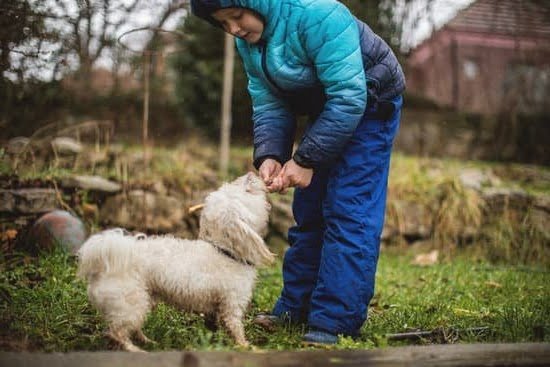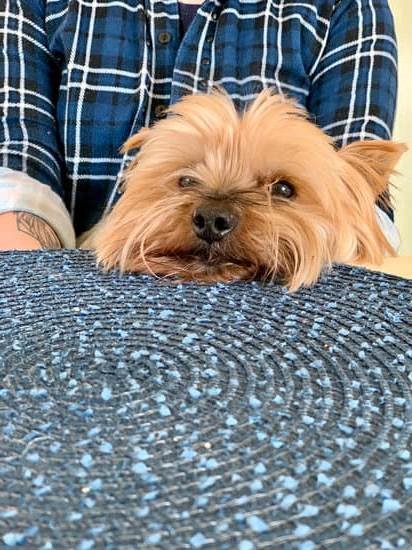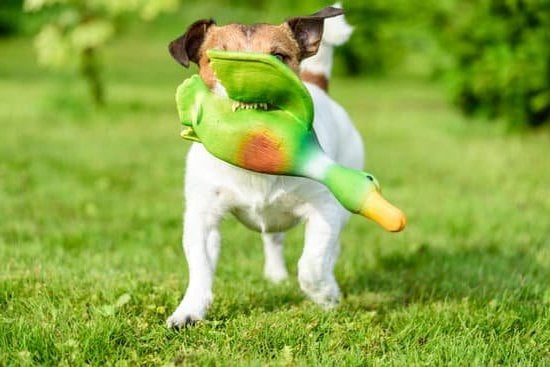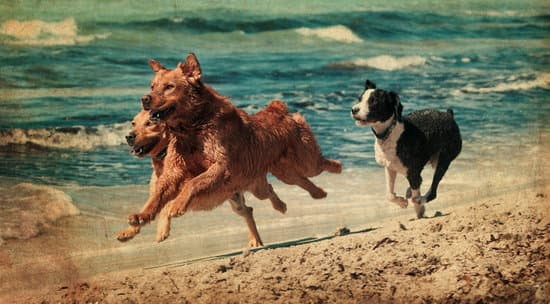Introduction
Many pet owners find training their dog on a pee pad to be an invaluable skill. Pee pads provide a convenient and hygienic way of controlling your pup’s bathroom habits, primarily when you do not have access to outdoors or are unable to take them out due to other circumstances. Not only do these provide a clean area for your pup to go, but they can also help teach the pup good potty-training habits and keep them from making a mess in other areas of the house.
For those who wish to teach their four-legged friend how to use the pee pad, there are some simple but effective methods that can help get the job done. Proper planning, consistency, and patience all play important roles in this process and, if done correctly, will eventually ensure that your pup knows where is appropriate when it comes time for them to relieve themselves. Here are four steps that can increase your success when it comes to training on a pee pad:
1) Set Dedicated Pad Times: Start by setting up dedicated potty times each day so that your pup gets used to relieving himself at certain times. This will eventually train your dog’s bladder so they know at what times they need to go.
2) Provide Positive Reinforcement: Positive reinforcement should always be used after successful trips on the pee pad. The rewards do not need to be lavish although treats or verbal praise often work well as incentives. Never react negatively if your dog does not perform correctly – instead redirect the behavior in order for them learn correctly..
3) Restrict Access: Make sure direct access is restricted from any areas where unwanted accidents could occur (such as carpets), and limit any outdoor access unless absolutely necessary until your pup has learned where it is appropriate for them to go..
4) Clean Regularly: Cleaning up accidents and changing out wet/dirty pee pads immediately will teach your pup proper hygiene habits while reinforcing their positive behavior during potty sessions elsewhere in the house.
Steps One & Two Combined
When training your dog to use a pee pad, the first step is to choose an appropriate pee pad. Many pet stores offer specialized pee pads that are designed specifically for absorbing messes. Using an absorbent pee pad will reduce the potential of leakage, tracking, and odors. The next step is to establish rules and set expectations regarding the pee pad. Make sure your pup knows which areas of your home they can use the pee pad and when they should go on it. It is important to create a routine with your pet, such as consistently taking them outside or to their designated spot after meals, long naps, or playtime. Reinforcement is key during this process; reward your pup using treats or praise for any positive progress you observe with their training.
Step Three
Once you have installed the pee pad and set up your training area, it’s time to start working with your dog. Begin by luring your pup onto the pee pad with a treat. Give them plenty of positive reinforcement when they successfully go on the pee pad. If they do not go, take them off the pad and give them some time before repeating the process with more treats.
Next, in order to ensure success you must consistently reward your pup for using the pee pad and ignore or redirect any eliminations outside of the designated area. Also take note if potty training seems like it’s going slowly – it can take several hours per day and several weeks in total to house train an adult dog, so be patient! When it comes to teaching cues like “go potty”, you can give them a verbal command as soon as they start to go on the pee pad and provide additional encouragement until they are done. This will help them understand what is expected of them and make sure that their elimination happens within the pee pads boundaries.
It’s also important during this period to properly clean up any messes outside of designated area with an enzyme-free cleaner that won’t leave behind lingering odors. This will prevent your pup from either returning to soiled spots or detecting unfamiliar scents that could cause confusion when potty training is complete. Regularly wash the used pads too, so that new smells don’t discourage correct behavior from being learned or reinforced. Finally, put aside special time each day for regular bathroom breaks – although this step requires commitment on your part, having a solid regimen will make life easier for both you and your pup in the long run!
Step Four
Once your pup is physically ready to begin potty training, it’s time to start setting up their environment for success. Depending on the size of your house, this could mean blocking off part of the home with baby gates, so that they have no access except to the puppy pad area. This will ensure that they get taken to and from their spot at least twice a day. Set up a kennel-like space around their pee pad, add some comfortable bedding, water bowl and a few toys to keep them occupied while they wait for you to take them outside or take them away from the pee spot if need be. It also helps significantly if there is a shelf or table near the pad and peashooter station where you can place treats during sessions so that your pup is motivated and rewarded for going in the right spot. If possible, set up two designated spots for puppies; one for peeing/pooping and one for playtime.
Step Five
Once your dog has been trained to use the pee pad, it’s important to take steps in order to maintain this training. The best way to do so is by consistency. Start off with a good potty training schedule and make sure you stick to it. Take your dog out on their potty break at least twice a day and try to eliminate times when they may have accidents indoors. This means scheduling rest breaks throughout the day and avoiding situations where they may be around too much stimuli which could throw them off the routine. When heading outside, keep each potty session short and sweet – give your dog plenty of opportunity for relief but don’t overstimulate them so that it becomes playtime instead of bathroom time! Lastly, remember to give your pup lots of praise every time they go where you want them to inside or outdoors.praise rewards will help reinforce good habits for the long term success of their potty training goals!
Step Six
When your dog is using the pee pad successfully, it is important to provide positive reinforcement. Offering praise or a treat every time your dog uses the pee pad can help reinforce the behavior. Praising and treating your pet will also show them that you appreciate their efforts and encourage them to continue pottying on the pee pad. Rewarding small successes and positive behaviors can help establish a long-term successful relationship between you and your dog regarding potty training. When possible, try to offer rewards within 30 seconds of good behavior to ensure that your pup gets the message. Additionally, avoid punishing mistakes as this will cause your pup anxiety, which may lead to further issues with potty training and other behaviors in general.
Step Seven
If problems arise during the process of toilet training, observe your dog closely and make sure you understand what the cause of the problem is. Common issues may include fear or anxiety when it comes to familiarizing with the pee pads or even incomplete bladder control. It’s important to avoid showing negativity towards your dog during this sensitive problem-solving stage as this could further exacerbate poor behaviours. Additionally, if your pup experiences a setback on their potty training journey, remain patient and do not throw away any progress they have made. Focus on rewarding positive behaviours like keeping themselves aware enough to successfully use their pee pad, as well as being gentle and patient when correcting them when they don’t–this will help your pup learn much quicker in such situations!
Conclusion
Potty training your dog using a pee pad can be a rewarding experience. Not only is it convenient–allowing you to keep the pee pad in one stationary location for easy clean up–but it can also help keep your house mess-free and smelling fresh. In addition, potty training with a pee pad will teach your dog proper bathroom habits which will set him up for success in the future. With persistence and consistency, you’ll quickly have a well-trained pup who knows where to go when he needs to relieve himself. Potty training with a pee pad is an ideal solution for any willful dog or busy pet owner.

Welcome to the blog! I am a professional dog trainer and have been working with dogs for many years. In this blog, I will be discussing various topics related to dog training, including tips, tricks, and advice. I hope you find this information helpful and informative. Thanks for reading!





